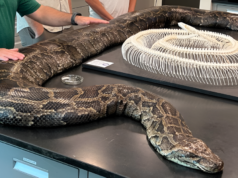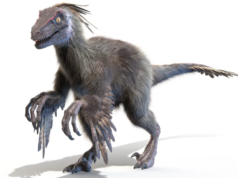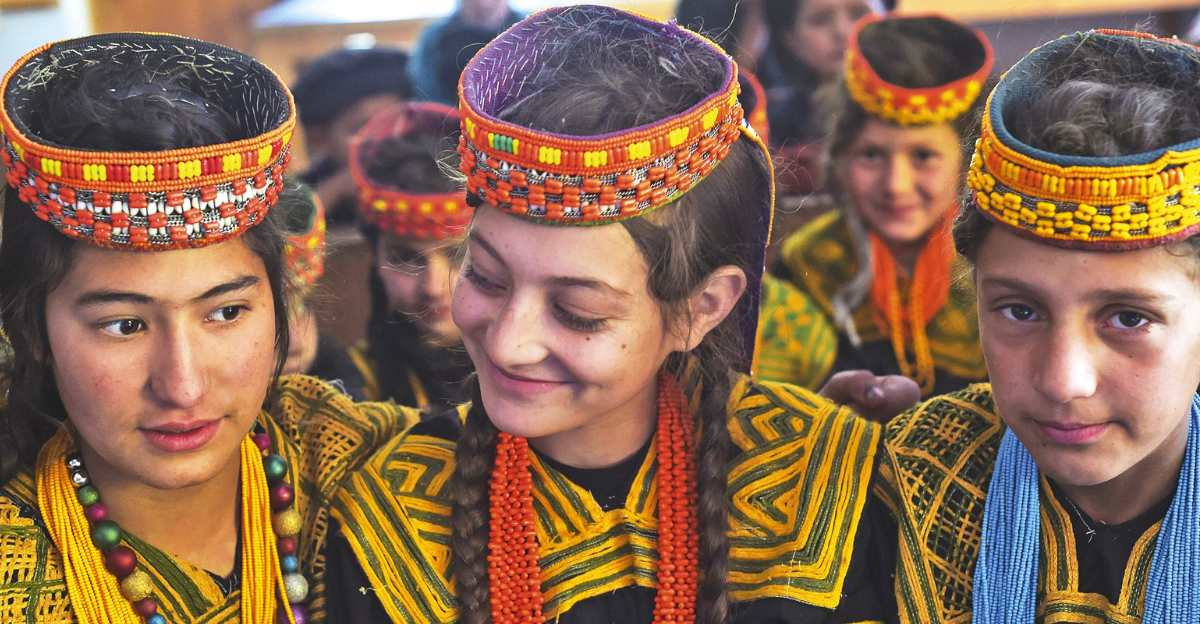
Under the highlands of Colombia, scientists have found what is possibly the most ghostly tale of human history: a people with no surviving relatives. They were found in the area of the Bogotá plateau and lived between 6,000 and 500 years ago.
They hold a genetic signature that no longer exists today. Envision an entire world—dreams, rituals, survival mechanisms—disappearing around 2000 years ago.
As researchers analyze their DNA, they reveal not another tribe, but an alternate trajectory our species might have taken. This find isn’t just about genes; it’s about human life’s fragility and untapped potential.
Uncovering a Lost Story
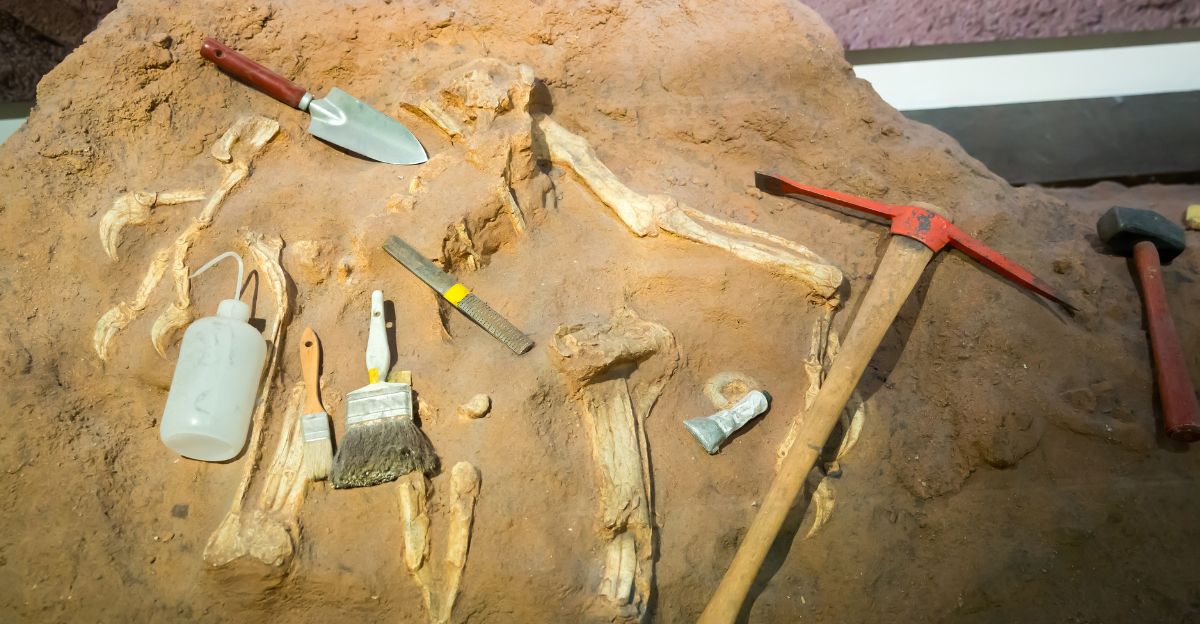
In contrast to other prehistoric people, this enigmatic Colombian population has no living descendants. DNA tests indicate they didn’t interbreed significantly with later inhabitants or develop into modern peoples.
Instead, they ended, leaving only their skeleton and remnants behind. Their disappearance goes against our knowledge about human survival and resilience.
A Genetic Ghost

DNA sequencing of the teeth and bones of 21 of the individuals uncovered something astounding: this group has a previously undiscovered basal lineage that dates back to the earliest South American radiation. Researchers have referred to them as a “ghost lineage”—an early-diverging human branch that was genetically isolated until they went extinct.
Rewriting South American History
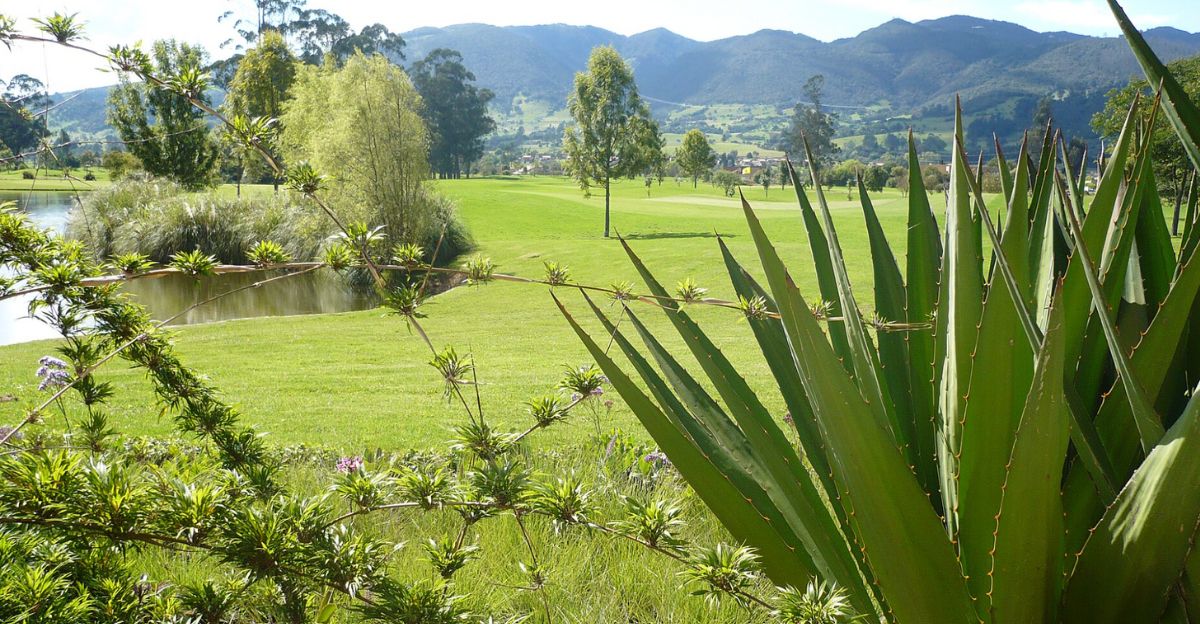
Prior to this discovery, scientists had described South American colonization with relatively simple models. The Colombian discovery reveals that the original human colonization was far more complex, with a number of distinct populations living alongside one another on the continent. The discovery adds a new chapter to the story of how humans spread throughout the Americas.
The Altiplano: A Silent Witness
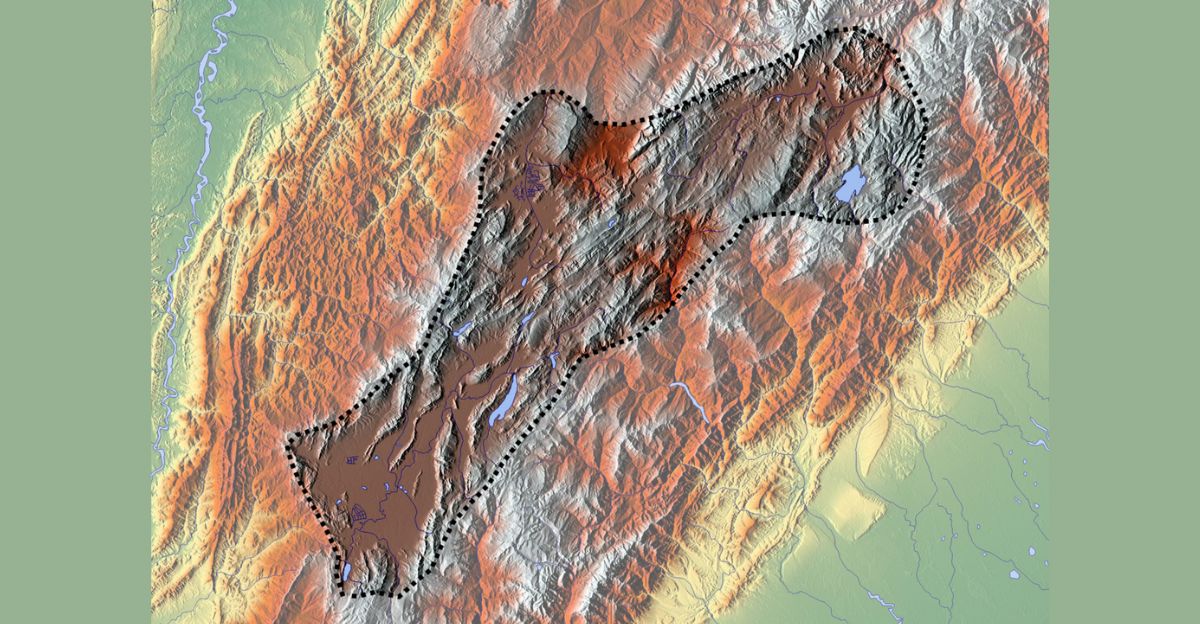
The high Bogotá plateau, or Altiplano Cundiboyacense, is more than a picturesque landscape. For millenia, it quietly retained the secrets of humans who lived, loved, and perished there.
This area was an important migratory path; a crossroads where various human stories overlapped. But one whole branch disappeared around 2000 years ago. The ground itself contains the remnants of this lost human story.
The Plateau: A Migration Crossroads
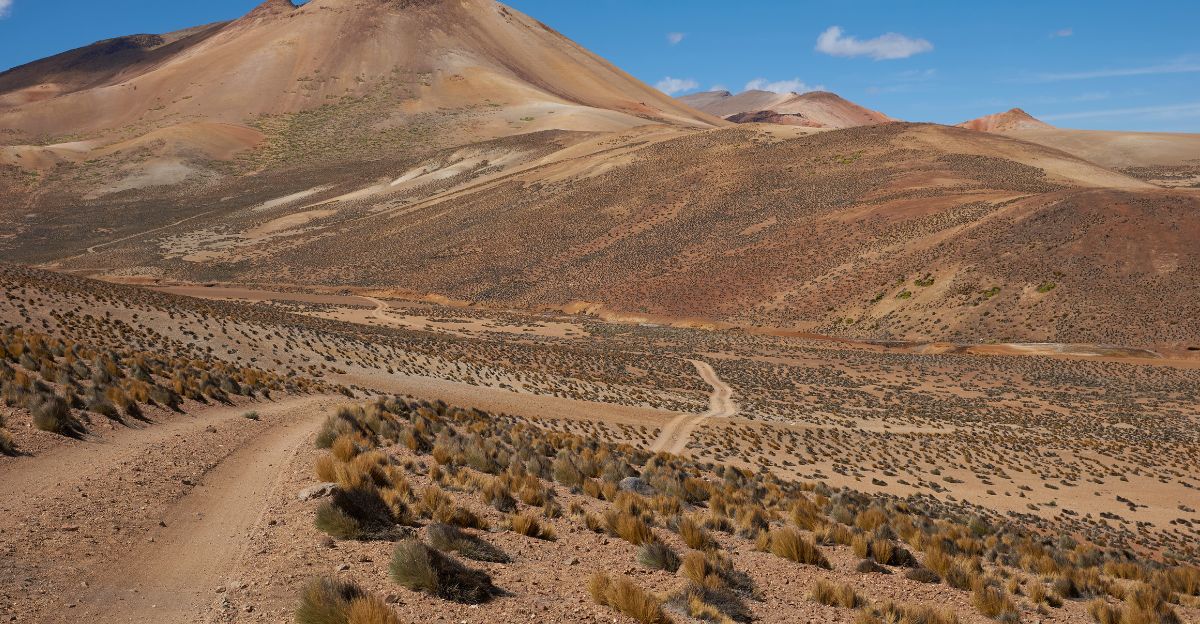
The Altiplano was also a significant pathway for human migration through South America. Its position as a crossroads accounted for the intersection of various populations over thousands of years.
The effect of geography on human migration has contributed to the settlement of various groups within it and the isolation of some groups from larger population networks.
Before Agriculture Changed Everything
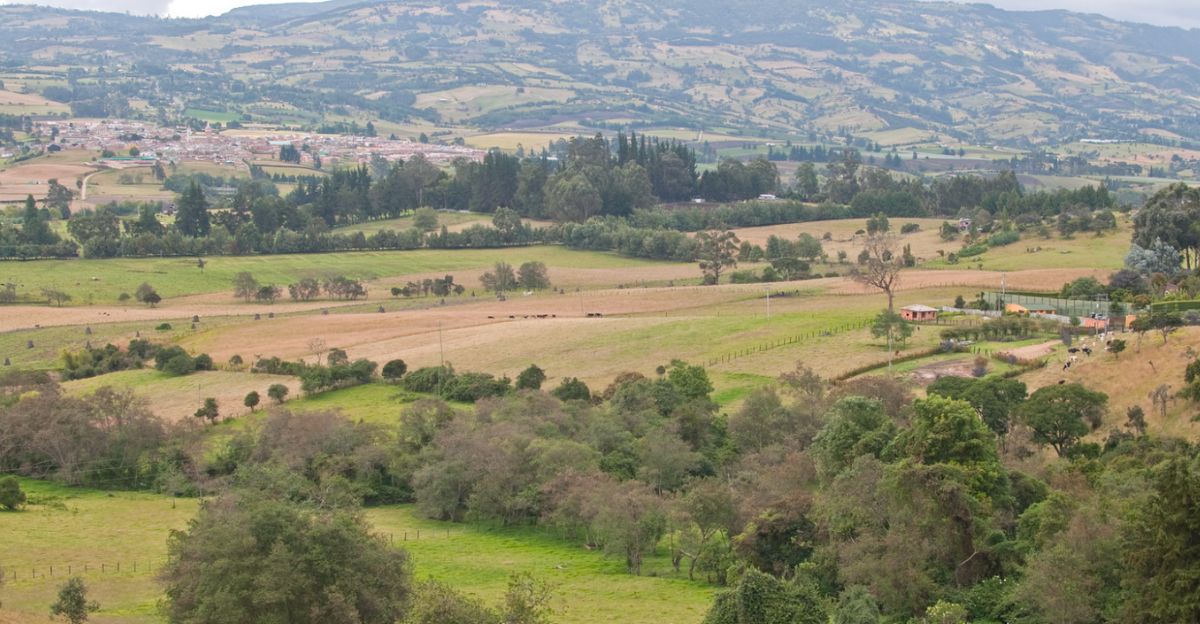
These initial residents were hunter-gatherers who moved south and settled in the Bogotá Altiplano. They hunted wild animals, gathered plant food, and lived in small mobile groups on the high plateaus. Their way of life was one of multiple ways that early humans lived in South America’s varied environments before farming.
The Gradual Arrival of Change
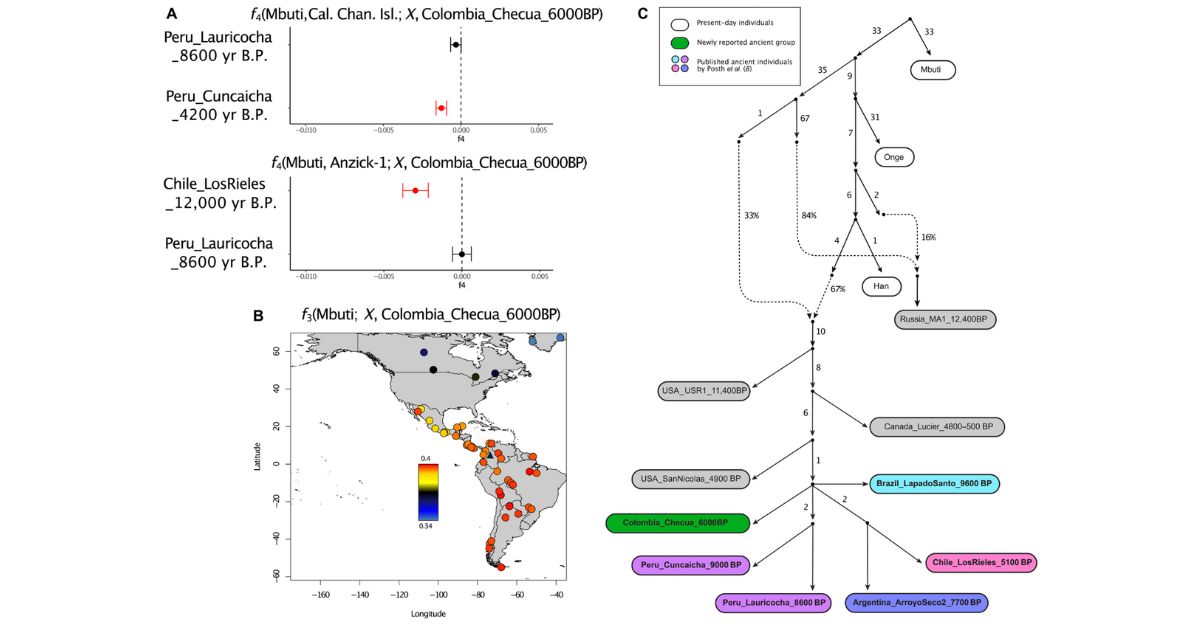
Over thousands of years, the population profile of the Altiplano shifted progressively. New populations with different genetic profiles immigrated, introducing agricultural techniques and new technology.
These populations were more capable of forming permanent settlements and increasing their populations, and they gradually became the predominant populations of the region.
Interpreting Population Dynamics
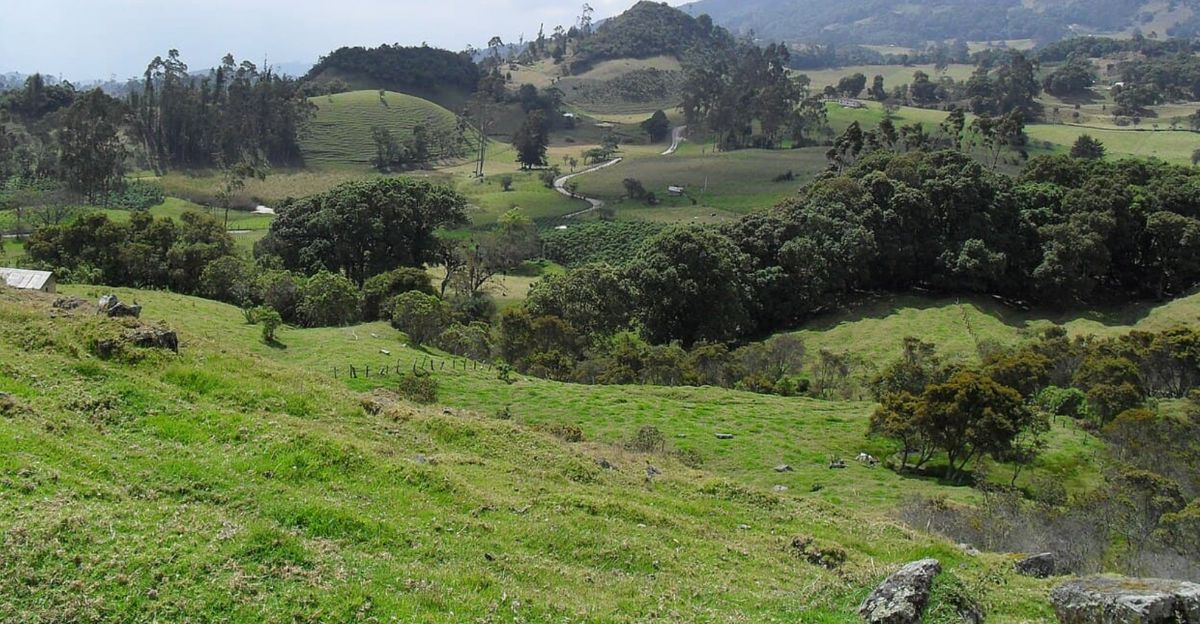
The causes of extinction of this population are unknown, but a combination of factors was probably responsible. Climate change, competition for resources, disease, and demographic change all influence population viability.
Their fate unveils the multifaceted reasons for the success of some and the oblivion of other early human populations from the archaeological record.
What Genetic Extinction Means
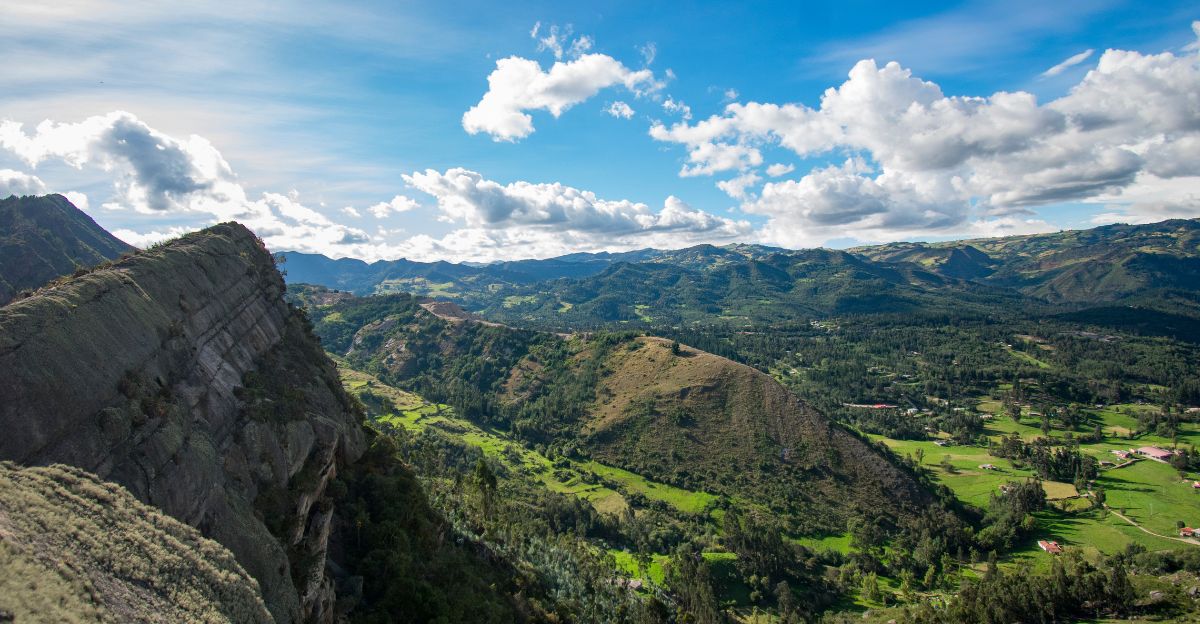
When a genetic line goes extinct without offspring, it loses the particular human adaptations that had evolved over millennia. We can never know the particular cultural traditions of these Colombians of the past, but their genetic extinction reminds us that human populations have always struggled to survive throughout human history.
Confounding Migration Models
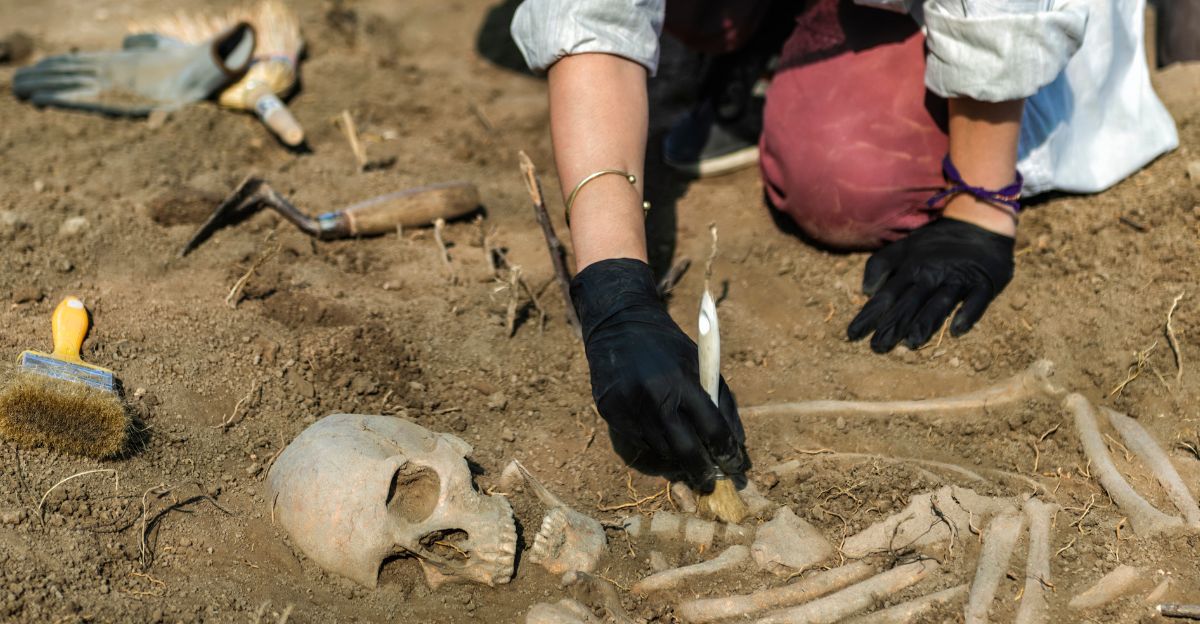
Classical models of human migration to South America focused on two main ancestral lineages. The existence of this ghost population reveals that initial human settlement was more than one isolated group, some of which became isolated and then went extinct. This adds complexity to the picture, and scientists must reconsider how humans populated the continent.
A Hidden Chapter of Humanity
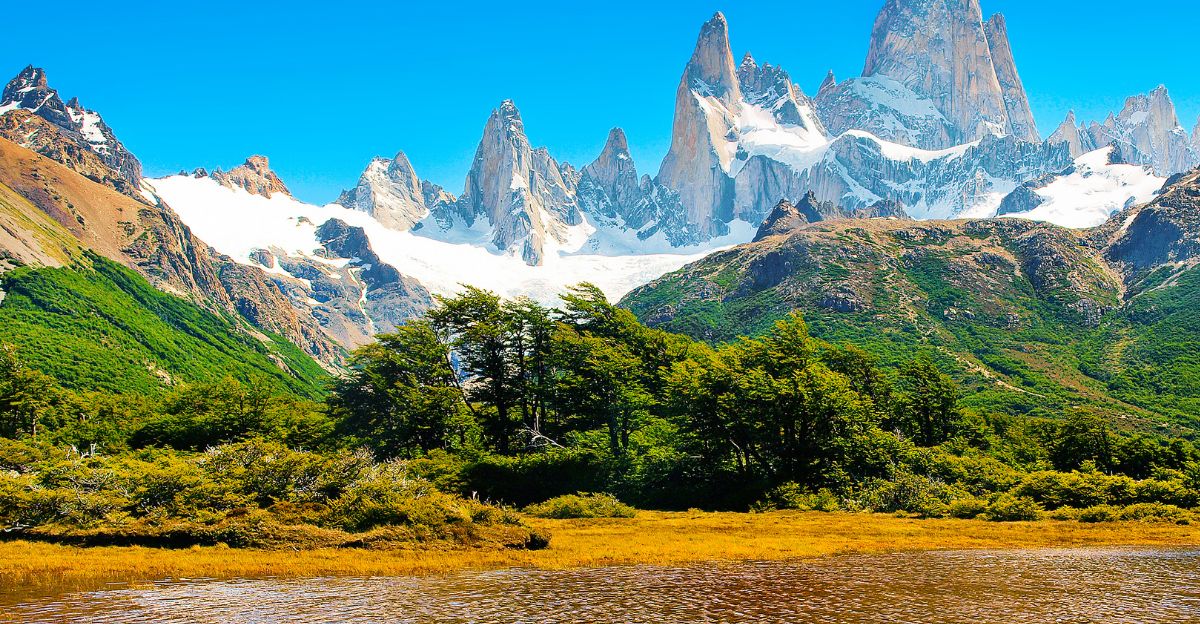
This discovery suggests that many other “ghost populations” may be awaiting discovery in South America’s archaeological record. Each new finding helps scientists piece together the complex mosaic of early human settlement, revealing that our species’ expansion across the Americas involved far more diversity than previously understood.
Scientific Significance for Contemporary Communities

This study offers new knowledge of the region’s early human history for modern Colombians and indigenous communities. It shows that the Altiplano has been inhabited by successive human populations for thousands of years, adding scientific richness to contemporary cultural affiliations with the landscape.
Lessons from Ancient DNA

This work illustrates the potential of ancient DNA analysis for unlocking the mysteries of human history. Thousands of years-old bones and teeth can now give up their secrets using advanced genetic methods, describing populations that did not leave any other mark in the historical record. Every new study provides a clearer picture of human migration and adaptation.
The Future of Discovery
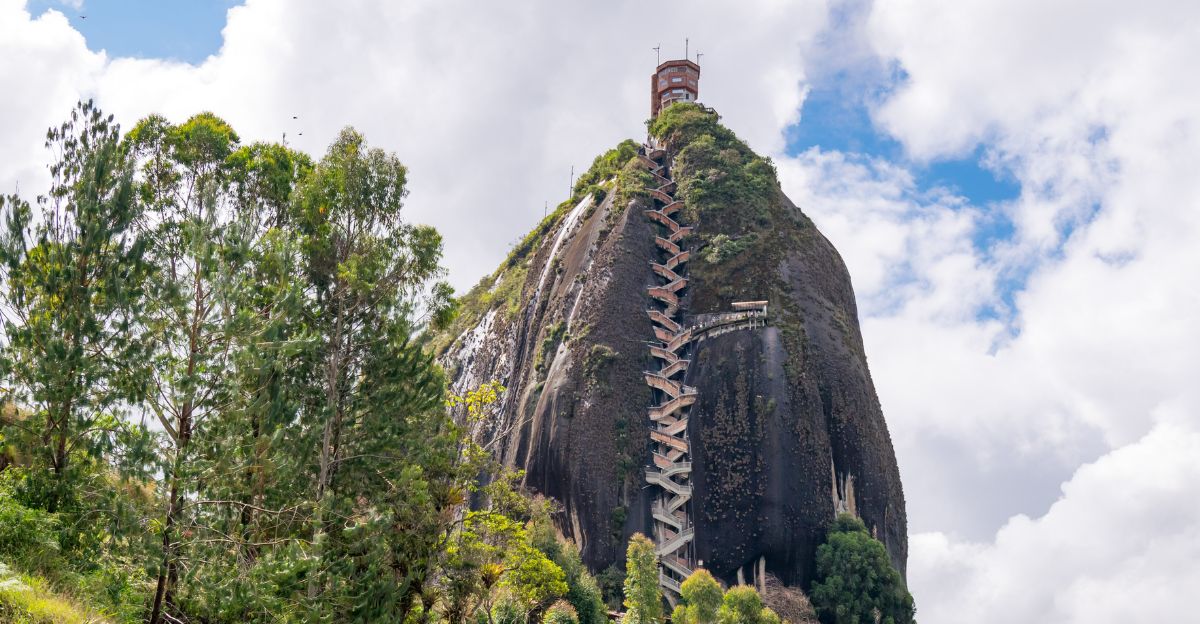
Colombia’s ghost population is probably only one among numerous undescribed lineages in South America. As DNA extraction and analysis methods become more sophisticated, researchers anticipate finding more confirmation of the continent’s complicated settlement past. With each find, a more precise understanding emerges of how people adapted to varied habitats throughout the Americas.


